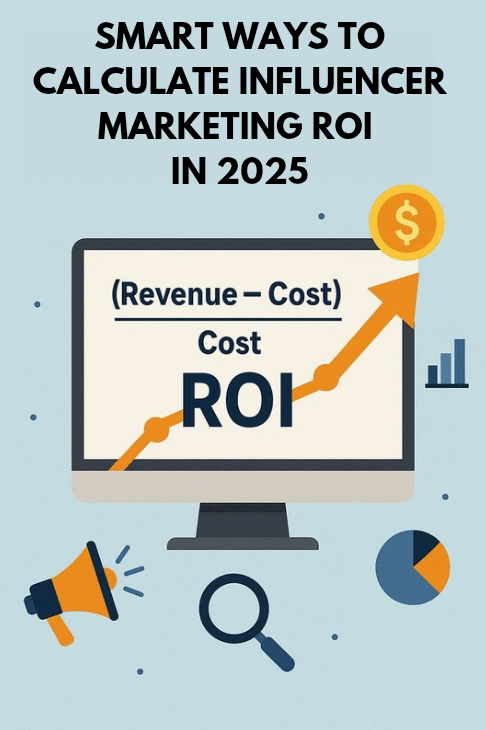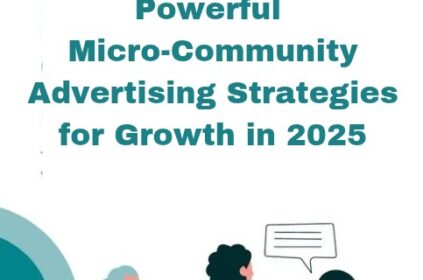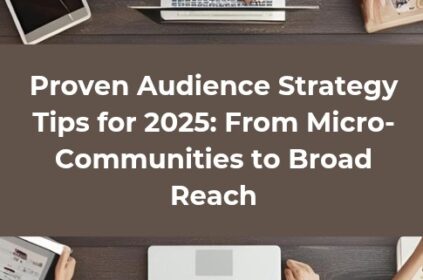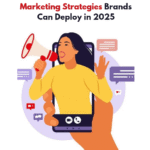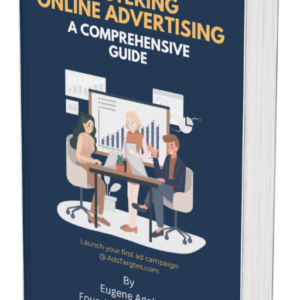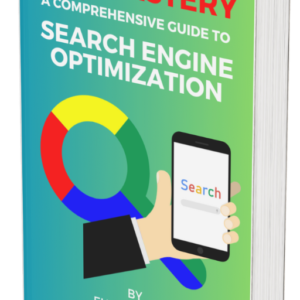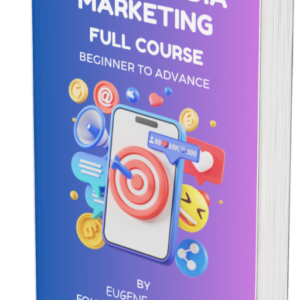Global spend on creator collaborations is projected to hit $32.55 billion in 2025—a sharp jump from $24 billion last year, powered by cross-platform shopping and AI-driven workflows.
That growth is exciting, yet tightening budgets mean finance chiefs demand hard proof of returns before green-lighting new campaigns.
Marketers who can confidently calculate influencer marketing ROI win bigger budgets, while those relying on vanity metrics see funding shrink.
A disciplined approach also protects against the rising scrutiny brands face around wasted impressions, fraud, and flawed attribution.
Forty-seven percent of advertisers increased influencer budgets by 11 percent or more this year because they now trust performance data over gut feel.
If your team still debates how to measure influencer marketing, this guide walks through everything—formulas, metrics, tools, benchmarks, and a full example—so you can calculate influencer marketing ROI with confidence and stop wasting budget.
Turning Campaign Data into ROI You Can Trust
At its core, ROI = (Revenue − Cost) ÷ Cost × 100. When you calculate influencer marketing ROI, revenue must reflect only the sales or value directly attributable to creator content, while cost should include fees, product seeding, shipping, internal labor, and paid amplification.
So. How do you measure ROI in influencer marketing?
Suppose you paid ₦3 million to five micro-creators, invested another ₦1 million in TikTok Spark Ads, and generated ₦10 million in tracked sales. Your ROI is (10 − 4)/4 × 100 = 150 percent, or ₦2.50 earned for each naira spent.
HypeAuditor’s 2025 study shows Instagram averages ₦4.21 back for every ₦1 invested—a healthy benchmarkfor consumer brands.
Achieving that level hinges on disciplined cost capture and airtight attribution, two areas we cover next.
Breaking Down Revenue and Cost Components
Revenue tracking begins with unique discount codes, UTM-tagged links, and last-click or multi-touch attribution models.
Blend short-window (24-hour) and longer-window (7-day) look-backs to reflect impulse buys and considered purchases alike.
On the cost side, account for product giveaways at retail value, platform fees, creator bonuses, and any agency commission.
Many teams forget to add paid media spend, making ROI look deceptively high. By itemizing both sides, you calculate influencer marketing ROI that finance accepts, sidestepping the classic “marketing math” skepticism.
Key Metrics That Reveal Real Performance
Followers and likes rarely translate straight into revenue. Instead, focus on view-through rate (VTR), click-through rate (CTR), cost per acquisition (CPA), and return on ad spend (ROAS).
The 2025 Influencer Marketing Hub Benchmark Report notes campaigns built around these metrics enjoy a 28 percent lift in purchase intent versus reach-only efforts.
When you calculate influencer marketing ROI, pair quantitative KPIs with qualitative resonance signals—comment sentiment, saves, shares—to see whether content actually changes minds.
Over time, high-resonance posts feed audiences into retargeting pools, lowering future CPAs and improving lifetime value. That virtuous cycle is invisible if you track impressions alone.
From Reach to Revenue: Picking the Right KPIs
Map each stage of the funnel to a simple metric: impressions (awareness), engagements (interest), clicks (consideration), conversions (purchase), and repeat purchases or referrals (loyalty). Use platform APIs or third-party dashboards to pull these numbers daily.
When questions like “How do you measure influencer marketing?” surface, your KPI map becomes the straightforward answer, keeping executives aligned and confident.
Tools and Techniques Influencers Use to Track ROI Efficiently
Creators aren’t guessing either. Many rely on Shopify Collabs, Grin, or in-app TikTok Shop analytics to see which pieces of content drive the highest gross merchandise value.
Brands that integrate those dashboards with Google Analytics or Looker Studio can calculate influencer marketing ROI in near real time, spotting winning videos within hours.
Automation matters: 92 percent of brands are using or open to using AI to support influencer workflows this year, accelerating optimization cycles.
That speed is how top performers answer “How do influencers track ROI?”—they let software crunch the numbers while they craft better stories.
Building Your Own Influencer ROI Calculator Spreadsheet
A simple Excel sheet with fields for creator handle, post URL, spend, clicks, conversions, and revenue can replace expensive software for smaller teams. Insert formulas for CPA, ROAS, and ROI, then conditionally format cells to flag underperformers.
By standardizing inputs, you calculate influencer marketing ROI without manual confusion, satisfying both marketing and accounting teams.
Emerging Influencer Marketing Trends Shaping ROI in 2025
Cookie deprecation, AI-generated content, and a potential U.S. TikTok ban dominate headlines, prompting the query, “What will influencer marketing look like in 2025?”
The answer is a landscape where first-party data and creator whitelisting lead performance. Multi-platform campaigns now beat single-channel efforts by a wide margin, thanks to algorithm diversity and broader audience exposure.
Brands also favor micro and mid-tier creators for cost-efficient engagement—73 percent deem these partnerships the best balance of reach and authenticity.
Adapt by budgeting creator fees plus 1–3× that amount for media amplification. This shift ensures even niche posts reach high-intent shoppers, keeping ROI predictable.
Adapting Your Strategy to Platform Shifts and Cookie Loss
With third-party pixels fading, in-app shops and server-side APIs become mission-critical. They feed clean conversion data straight into ad managers, letting you calculate influencer marketing ROI without relying on blocked cookies.
Diversify into Shorts, Pinterest Idea Ads, and Reels to hedge against regulatory turbulence around TikTok while still leveraging short-form video’s unmatched engagement.
Benchmarks and Realistic ROI Targets Across Industries
“What is the average ROI for influencer marketing?” Benchmarks vary: fashion often sees ₦5–₦6 back per naira, while B2B software may break even on first purchase but win on lifetime value.
A 2025 study by Stack Influence pegs the overall average at ₦5.78 earned for every ₦1 spent—a 578 percent ROI.
Compare your numbers to peers, but remember niche pricing, margin, and funnel length affect outcomes.
Set tiered goals: break even within 30 days for low-ticket items, 90 days for mid-ticket, and 12 months for high-consideration B2B deals.
These windows align with cash-flow realities and account for delayed effects like SEO lift from creator backlinks.
Avoiding Common Pitfalls That Erase ROI
Three traps shrink returns: overpaying mega-influencers, ignoring compliance, and letting underperforming ads run unchecked.
The FTC updated its Endorsement Guides to mandate clear dual disclosures—on-screen text plus #ad tags—so violations can now cost up to $50,000 per post.
Skipping disclosure risks fines that wipe out profit. Equally dangerous is “set-and-forget” budgeting; use automated rules to pause any ad if CPA exceeds target by 25 percent for two days.
Step-by-Step Example: Calculating ROI for a DTC Skincare Launch
Imagine a Lagos-based skincare brand partnering with four nano-creators on Instagram and two TikTok dermatologists.
You send ₦800,000 in products, pay ₦2.2 million in fees, and spend ₦1 million boosting top videos. Sales tracked via discount codes and post-purchase surveys total ₦10 million within 45 days.
#1. Total cost: ₦4 million
#2. Revenue: ₦10 million
#3. ROI: (10 − 4)/4 × 100 = 150 percent
Average CPA lands at ₦2,000, 35 percent below your paid-social baseline. By proving lift, you calculate influencer marketing ROI that justifies doubling spend next quarter.
Notice how this answers “How to measure influencer marketing ROI example” without fanfare—just clean math and verified inputs.
Scaling the Calculation Across Multiple Creators
As you widen the program, group creators by tier and niche, then use weighted averages for CPA and ROAS.
This ensures you calculate influencer marketing ROI at both micro and macro levels, revealing which segments deserve higher investment.
Over time, roll top-performing content into email banners, landing-page testimonials, and out-of-home ads to compound returns.
Leveraging UGC Licensing to Stretch Campaign Budgets
User-generated creator content is far too valuable to let it disappear after 30 days. Yet 41 percent of brands still fail to negotiate multi-channel usage rights, leaving a trove of high-trust assets idle once the initial post peaks.
When you secure six- to twelve-month licenses up front, you can calculate influencer marketing ROI over a much longer horizon, because the same video that sold out a product on TikTok can be recut for Reels, repurposed into an email GIF, or turned into a PDP hero banner—all without additional creator fees.
Vogue Business cites brands such as Ruggable and Olaplex that treat UGC as a perpetual insights and conversion engine, slicing costs by an estimated 30 percent while lifting click-through rates on retargeting ads by double digits .
Put a simple clause in every agreement: worldwide, paid, and organic usage for at least six months across digital channels.
Bundle this with performance bonuses so creators stay motivated to refresh assets during the license window.
Shopify’s 2025 benchmark notes that campaigns re-running top UGC in email flows deliver a 1.6× higher revenue-per-recipient versus brand-shot creative.
By planning distribution first, then negotiating rights, you transform a single post into a multi-touch funnel asset—driving incremental sales long after organic reach fades. The extra margin recouped here often funds a second wave of amplification, allowing you to calculate influencer marketing ROI on a full-funnel basis rather than a one-and-done spike.
Syncing Creator Data with Your CRM
Most teams still export UTM clicks into spreadsheets and hope finance accepts the totals. Instead, pipe creator data straight into your CRM so every order is matched to a purchaser record, attribution model, and lifetime value cohort.
Salesforce’s 2025 guide shows brands that enable server-side tracking and multi-object campaign hierarchies see a 21 percent improvement in revenue attribution accuracy.
Tools like Ruler Analytics push order IDs, coupon codes, and call-tracking events back into a central dashboard, proving exactly which creator touchpoints close the sale.
With closed-loop visibility, you can calculate influencer marketing ROI down to net profit per customer, not just gross revenue.
Suppose a nano-influencer drives fewer first-click conversions than a macro-influencer but attracts subscribers with two-times higher repeat-purchase rates; CRM data reveals that nuance and guides budget reallocation.
It also answers a perennial C-suite concern—“How do influencers track ROI?”—because every engagement funnels into the same revenue object that paid search and email already use.
Implementation is lighter than you think: enable web-to-lead capture, append campaign IDs to checkout fields, and schedule nightly ETL jobs to merge data.
Once live, dashboards show CPA, ROAS, and customer payback by creator tier, allowing marketers and finance to read from one sheet of music.
No more wrestling over disconnected spreadsheets—just audited numbers everyone accepts.
Predictive ROI
Forecasting isn’t just for media buyers anymore; creator teams now run Monte Carlo simulations to predict the spread of costs, clicks, and conversions before a single contract is signed.
Influencer Marketing Hub’s 2025 predictions report notes that 58 percent of enterprise brands plug historical creator data into scenario tools to set performance guarantees and claw-back clauses.
Pair those forecasts with eMarketer’s platform-level CPM and CTR ranges, and you can generate best-, base-, and worst-case outcome curves within minutes.
Here’s how it works: feed last year’s creator funnel metrics—view-through, click-through, conversion rate—into a spreadsheet or BI platform.
Layer on planned media spend, expected creative fatigue, and seasonality multipliers. Run 1,000 random simulations that vary each assumption by ±10 percent.
The output is a probability distribution showing, for instance, a 75 percent chance ROI exceeds 120 percent and only a 5 percent chance it drops below break-even.
Armed with that insight, you can structure deals with tiered performance bonuses or volume discounts, protecting downside while incentivizing upside.
Teams that model before launch report a 19 percent reduction in budget overruns, according to Playwire’s 2025 ROI analysis.
More importantly, scenario planning frames expectations with finance, so when actuals arrive you’re aligned on the variance thresholds that matter.
This proactive rigor turns “gut feel” proposals into quantified business cases and makes it far easier to calculate influencer marketing ROI post-campaign—because you already defined the success envelope up front.
Conclusion
The path to scalable returns lies in disciplined yet flexible influencer marketing strategies for paid advertising.
Start with trend awareness, apply the 3 R’s to vet talent, negotiate performance-linked contracts, and choose formats that align with platform norms.
Run tight workflows, protect spend with automated rules, and insist on FTC-compliant disclosures. Finally, measure everything beyond likes—focus on conversions and lifetime value.
Repeat this cycle, and your 2025 media plan evolves from one-off boosts to a performance engine powered by authentic creator voices.

